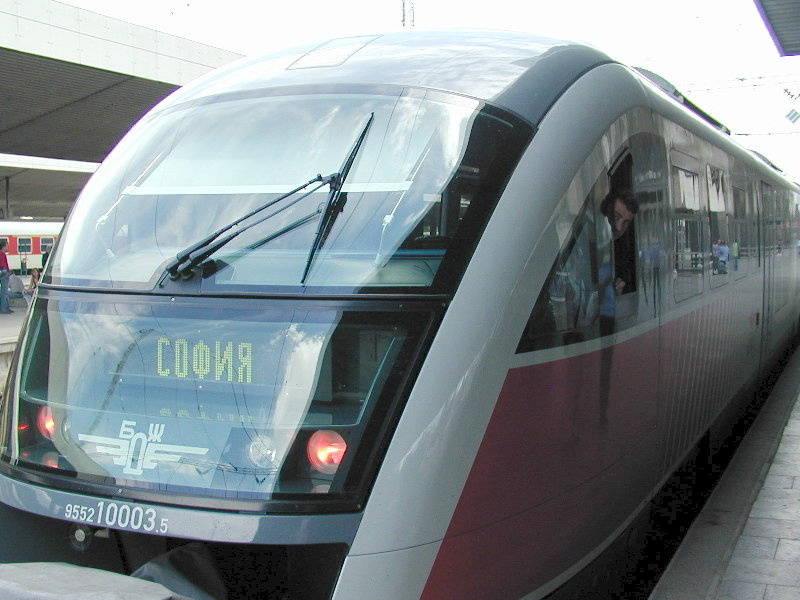Indeed, the many cities and smaller towns in the Republic of Bulgaria have well-ordered public transportation systems that guarantee smooth and easy sightseeing tours to visitors and travelers from around the world. The country’s well-organized transport system includes the use of buses which are available throughout the country, trolleys which are available in around 20 cities, and trams which are mainly found in Sofia, Bulgaria’s capital city.
By Air
Bulgaria has two national airlines namely, Bulgaria Air and Hemus Air, which operate domestic flights from Sofia to the Bulgarian coast and main towns. Flights from Sofia to Varna and Bourgas only take about an hour and air fare is relatively cheap and only a little more expensive than rail travel.
By Rail
The Bulgarian Republic has more than 2,625 miles of railroads. The Bulgarian State Railways is just one of the main railways used in Sofia which connect the city to other main towns in Bulgaria. Railroad  travel is less expensive but slower than bus travel. Traveling by train is not advisable as the trains are invariably poor and rarely kept.
travel is less expensive but slower than bus travel. Traveling by train is not advisable as the trains are invariably poor and rarely kept.
By Road
There are more than 8,000 miles of roads that connect the major centers in the country. Driving in the daytime is advised as night driving can be dangerous due to poor street lighting. Tolls are also charged on motorways and main roads out of town. Speed limits are strictly implemented at 50kph or 30mph in congested areas, 90kph or 55mph outside built-up areas, and 120kph or 75mph on motorways. Spare parts and 24-hour road assistance are also readily available.
By Taxi
Taxis, which are available in all Bulgarian towns, are ideal for intercity excursions. Unless privately owned, most of the taxis are privately metered, with an expected tip of a minimum of 5 to 10 percent.
By Bus
The cheapest way to get around Bulgaria is through the bus. The country provides a decent network of buses that are affordable and convenient, except for the fact that buses don’t have a fixed schedule. Travelling by bus gives value for your money as most of the routes given by bus companies are serviced by new and modernized buses; additionally, the tickets are relatively cheap, for instance, a one way ticket from Sofia to the Black Sea only costs around 12-15 euros. One of the easiest bus stations in Sofia is the New Central Bus Station while buses and minibuses are most common from the cities of Varna and Bourgas which travel along the coastline, passing and going to all tourist resorts in the Black Sea.
By River
Hydroplane and regular boat services along the Bulgarian coastline of the Danube connect such central sites as Lom, Tutrakan, Silistra, Orjahovo, Kozloduj, Nikopol and Vidin.
By Car Rental
Car rentals can also be availed in hotel concierges. Car rental companies available in Bulgaria include Hertz and Avis and payments are mostly in cash.



